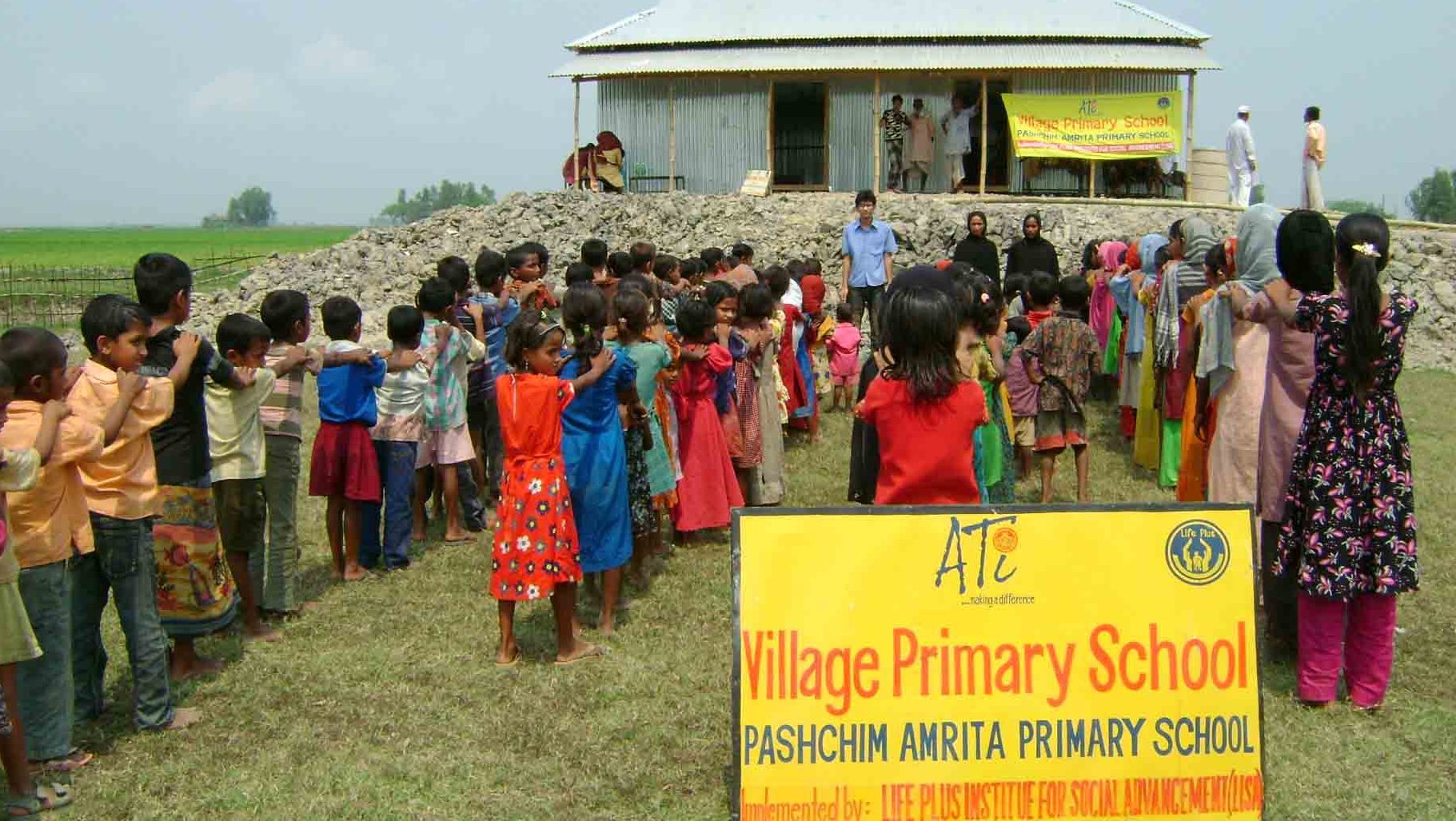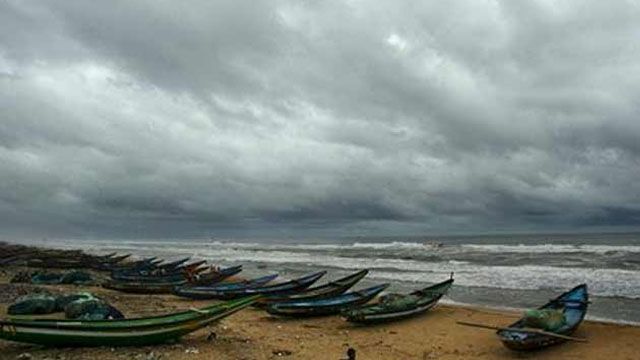The Asian Development Bank (ADB) on Thursday said it will lend Bangladesh $500 million to help finance a major overhaul of secondary education to meet the country’s need for skilled and technology-savvy workers.
The Asian Development Bank (ADB) on Thursday said it will lend Bangladesh $500 million to help finance a major overhaul of secondary education to meet the country’s need for skilled and technology-savvy workers.
The ADB funds – to be provided in four tranches over the coming decade – would support the Bangladesh government’s $17.1-billion 10-year secondary education reform plan, Xinhua reported.
This plan projects an increase of about 3.5 million students by 2023, requiring an additional 145,000 teachers and 10,000 more schools.
ADB said in a statement that over the coming decade, its funds would finance new equipment, laboratories, classrooms and teacher training, and scale up information and communications technology-based learning in schools, including madrasas (Islamic schools).
Examinations would be reformed to make them more relevant to the needs of employers, it said, adding that support would be given to agencies overseeing secondary education, and common school standards would be established.
According to the Manila-based lender, student stipends will also be assessed to ensure the money goes to those who need them most, the poorer students and girls in particular, to encourage them to attend and, more important, to stay in school.
Recent data showed 37 percent of children from poor households in the country enroll in secondary schools compared to 59 percent from better-off households.
Girls, meanwhile, though outnumbering boys in secondary enrollment, have higher dropout rates and poorer exam results.
The first loan tranche of $90 million will fund reforms from fiscal year 2014 to 2017 with three other installments to follow through to 2023.
Education is a key recipient of ADB assistance in Bangladesh with cumulative loans of nearly $1.3 billion by the end of 2012.
“Over the next decade, Bangladesh will have a huge working-age population and the country needs to take advantage of this demographic dividend to accelerate growth and poverty reduction,” said Sungsup Ra, director of human and social development in ADB’s South Asia Department.
According to ADB, about two million youths are entering the Bangladesh job market annually, but nearly 90 percent of them end up in poorly paid informal work requiring few skills.
The low skills base of the workforce is undermining productivity and weighing on attempts to diversify the economy, it said.
While Bangladesh has made great strides in improving enrollment rates among girls and boys, secondary schools still suffer from outdated courses and teaching materials, a lack of common school standards, poor teaching, and weak management, it added.
ADB said that dropout rates were high with only 46 percent of students completing the full five-year secondary school cycle.
-IANS





